Reviews
John Nelson Burton, et al
UK, 1976
Credits
Review by Leo Goldsmith
Posted on 18 October 2013
Source YouTube
Categories 31 Days of Horror X
Nigel Kneale’s Beasts ran on the UK’s ITV for only six episodes in late 1976, but despite this short run, its nasty flavor seems to have lingered. Much the same could be said for Kneale’s entire body of work, which has long been highly regarded, but little seen, especially in the United States. Only recently has Kneale’s most beloved creation, Quatermass - star of a handful of brilliant television serials, and Hammer and Val Guest film collaborations - been enjoying a much delayed return to notoriety, a result, perhaps, of the rebooting of Doctor Who and the release of a few DVD editions of Kneale’s work in the UK (not to mention their torrent phantoms online).
Along with this return to Kneale’s work comes an opportunity to reevaluate the writer’s influence in the horror genre. Indeed, while the Quatermass stories are more squarely situated in the world of Cold War-era sci-fi, the best of them, Quatermass and the Pit, nonetheless astutely (and rather unusually) blends sci-fi, gothic, and monster movie touches. More famously, John Carpenter, who has been known to drop hints at Kneale’s work, was such a fan that he hired his hero to write Halloween III: Season of the Witch. Kneale, disinterested in what he perceived as the producers’ desire for quick, gory sensationalism, took his name off the film.
This incompatibility is instructive, though: Kneale’s work tends to avoid the cheap thrills of late 1970s-early 1980s cinematic horror in favor of a seemingly more outmoded sensibility of off-screen terrors and subterranean psychic rumblings. As many have noted, his work often focuses on the marginalized, the ignored, or the otherwise misunderstood, not only in terms of its characters, but also in its portrayal of a world haunted by forces whose malevolence one often all-too-blithely dismisses. His horror masterpiece, The Stone Tape, neatly expresses this with its battle between modern technology and what seems like a good old-fashioned haunted house. But there’s nothing charming or passé about this ghost story, and the proud assurances of the modern world are no match for the most ancient of terrors.
Beasts mines similar territory with odd juxtapositions of old and new, with each tale focalized around a particular - and often baffling - instance of bestial horror. Rat hordes, ghost-dolphins, movie monsters turned real, lycanthropy as a theory of evolution, and various, mostly unseen horrors—these are ostensibly the titular beasts of Kneale’s program, but there are other, more or less human ones, as well. Kneale’s work is full of haughty, overbearing, and often sleazy male figures, pompously shouting down the “hysterical” concerns of their wives or girlfriends or employees. This sort of “it’s just your imagination” prelude to destruction is of course pretty standard in the horror genre, but Kneale here drives home its unholy alliance with all kinds of more quotidian social horrors: surly masculine chumminess, patronizing expertise, and entrenched, everyday misogyny.
These themes, evident throughout much of Kneale’s work, are acutely summarized in Baby, the series’ fourth and perhaps strongest episode. Baby begins atop the brick and thatch of a quaint English country cottage with a crow’s squawk - a sound that will become maddeningly familiar as the story progresses. (As if to ensure this, a single squawk accompanies each letter of the title-card: “B-E-A-S-T-S.”) This is the new home of Peter and Jo Gilkes, a young couple who have moved to start a new life in the country. He’s a country vet and she his pregnant wife, but there isn’t much newlywed bliss here: she’s unenthusiastic about returning to the country after years of city living, and he is monomaniacally anxious about his vet career, and apt to snap and flare his nostrils when his silly wife bothers him with what he calls “fuss.” They make an oddly mismatched pair - she’s willowy and doe-eyed, he’s dark and indignant - and these qualities are strangely enhanced by their respective actors: Jane Wymark’s almost somnambulant passivity and underacting, and Simon MacCorkingdale’s huffy mood-swings and shouty overacting.
Jo’s unhappiness must take second place to Peter’s selfishness, a state of affairs unchallenged even when the cottage itself begins to reveal its hidden horrors. Their cat Mud won’t even set paw in the place, but perhaps this is because he’s not the only beast around. By chance, Peter and Jo discover, long buried in a nook in the kitchen wall, an urn containing the carcass of an unidentifiable furry, fanged, clawed animal. A dog? A lamb? A monkey? A little suckling pig? What’s clear is that it’s not only “something dead” but also something “unborn,” as Peter vaguely puts it.
Whatever it is, it doesn’t bode well. “Get it gone,” Jo is told by some local workmen, but the beast proves strangely difficult to be rid of. Several attempts to get it out of the house are strangely aborted - either by chance or by unmotivated inclinations - even as Peter expresses his desire to hold onto it, to show it to the aptly named Dick Pummery (played by T.P. McKenna), the loud-mouthed, whisky-swilling senior veterinarian who has taken Peter under his wing. But somehow the thing never makes it out of the house. At the same time, new pieces of information come to light—about the case of brucella abortus, or bovine contagious abortion, that has plagued the area surrounding the cottage; the previous tenants’ childlessness; the speculation on the part of the locals about what the thing was for, its dark, ancient purpose.
All of this is doled out, in Kneale’s careful plotting and economical dramaturgy, in small but precise increments of foreboding. Visually, Baby is often banal, with its flat colors and awkwardly lit soundstagy-ness, a characteristic aesthetic of many a mid-70s television production. With little in the way of a production budget, much of Baby’s horror is conveyed through its small touches, rhythms, shadows. And then there’s the sound: the squawking of the crow, sometimes a low cooing, and occasionally, from behind the walls of the cottage, a barely audible sound of scratching and even less audible sound of suckling. But even with the paucity of some its elements, the tale exerts a sort of force over the viewer, a momentum leading toward an increasingly inevitable - and horrific - conclusion.
Depending on how susceptible you are, that conclusion may prove to be utterly ridiculous instead of unbearably grotesque—such is the lot of this sort of hastily made, shoestring production. But then perhaps the result itself is less important than the mood it weaves, one that partakes in a long history of ghost stories and folk tales and half-remembered nightmares.
More 31 Days of Horror X
-
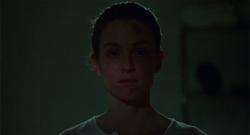
Safe
1995 -
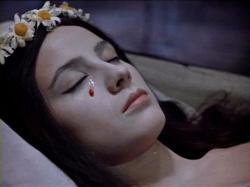
Viy
1967 -
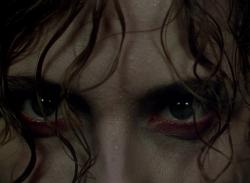
Black Narcissus
1947 -
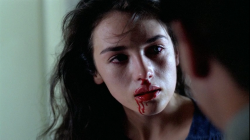
Possession
1981 -

Carrie
1976 -
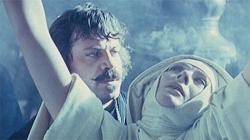
The Devils
1971 -
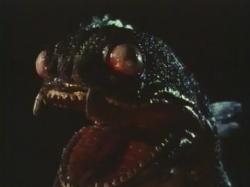
The Sea Serpent
1984 -
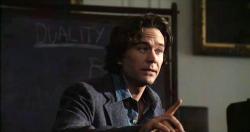
The Dark Half
1993 -
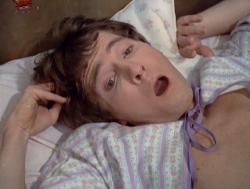
The Baby
1972 -
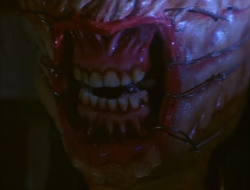
Hellraiser
1987 -
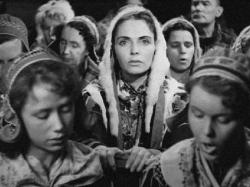
The White Reindeer
1952 -
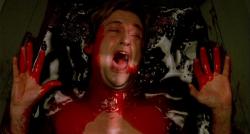
The Serpent and the Rainbow
1988 -
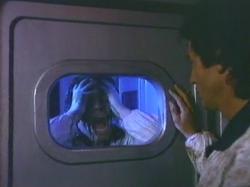
Endless Descent
1989 -
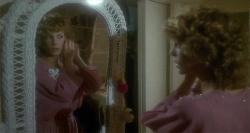
Prom Night
1980 -
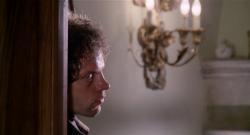
Night Train Murders
1975 -
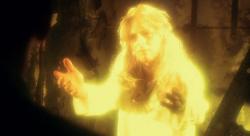
God Told Me To
1976 -
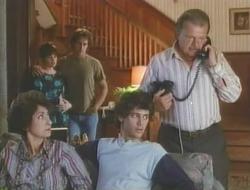
In a Child’s Name
1991 -
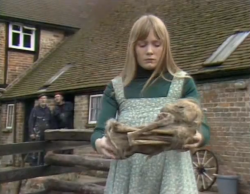
Beasts
1976 -
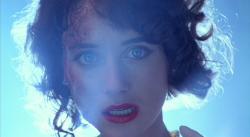
Prom Night II
1987 -
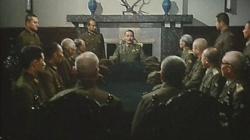
Men Behind the Sun
1986 -
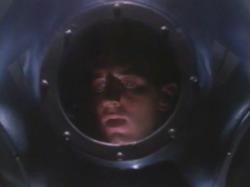
DeepStar Six
1989 -
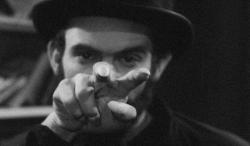
At Midnight I’ll Take Your Soul
1964 -
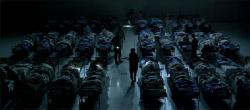
They Came Back
2004 -
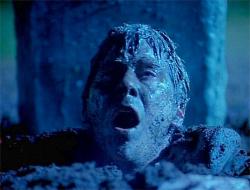
Buried Alive
1990 -
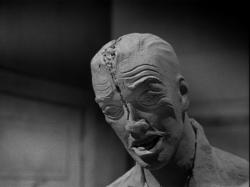
A Bucket of Blood
1959 -
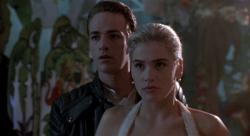
Buffy the Vampire Slayer
1992 -
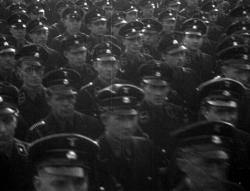
Night and Fog
1956 -

It Came From Beneath the Sea
1955 -
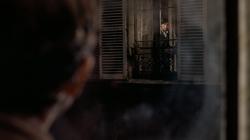
The Tenant
1976 -
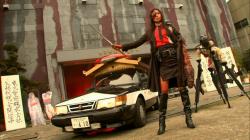
Tokyo Gore Police
2008 -
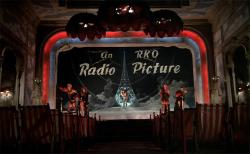
The Rocky Horror Picture Show
1975
We don’t do comments anymore, but you may contact us here or find us on Twitter or Facebook.



